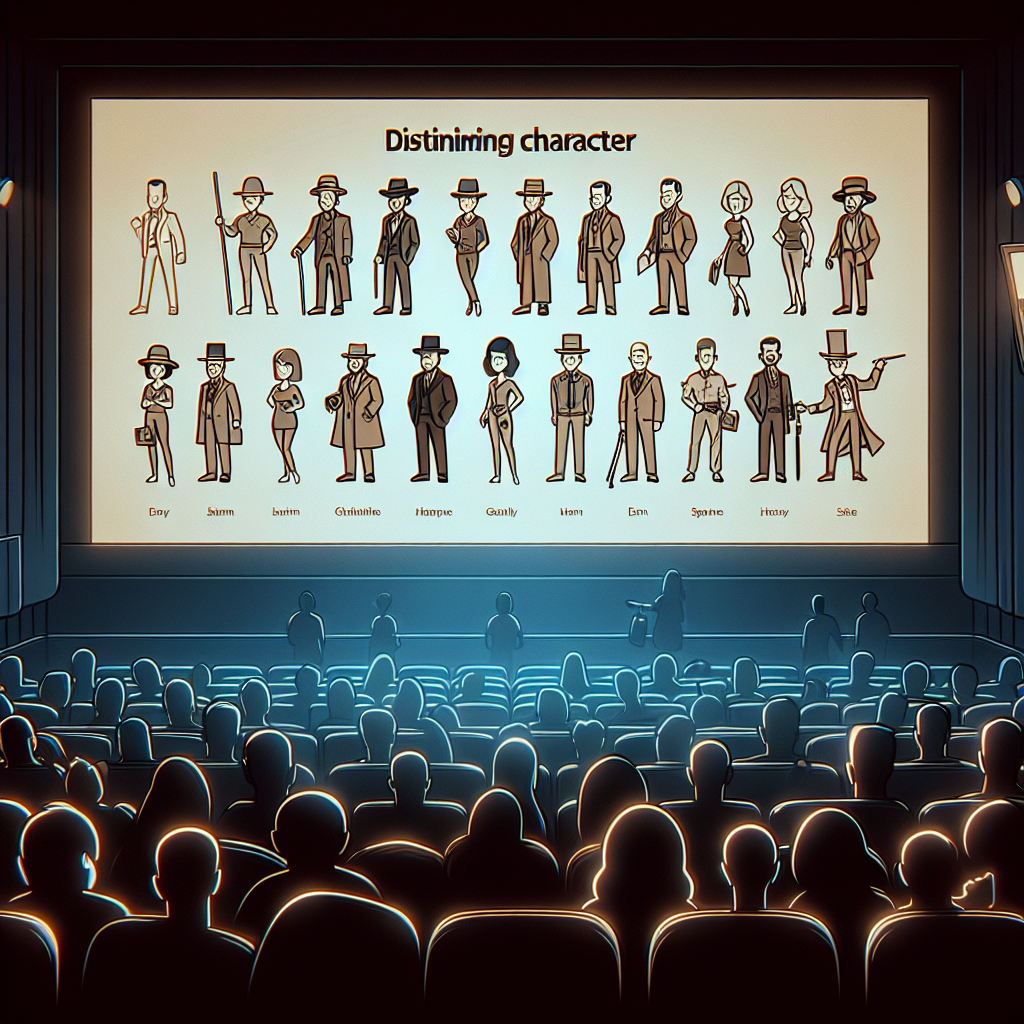Introduction
Movie character recognition from video and images is a fascinating research area that combines the fields of computer vision and machine learning. With the increasing popularity of digital media and entertainment, there is a growing demand for technologies that can automatically identify and recognize characters in movies and images. This technology has various applications, including content analysis, recommendation systems, and even marketing strategies in the film industry.
Problem Statement
The existing systems for movie character recognition from video and images often face challenges such as low accuracy, limited scalability, and high computational costs. These traditional methods rely heavily on manual annotations and handcrafted features, making them time-consuming and labor-intensive. Moreover, they struggle to perform well in complex scenes with multiple characters, varying lighting conditions, and occlusions.
Existing System
The existing system for movie character recognition typically involves preprocessing the video or image data, extracting features using techniques like Histogram of Oriented Gradients (HOG) or Convolutional Neural Networks (CNNs), and then classifying the characters using machine learning algorithms such as Support Vector Machines (SVM) or Random Forests. While these methods have shown some success in controlled environments, they often fail to generalize well to real-world scenarios.
Disadvantages
The disadvantages of the existing system include:
1. Low accuracy in complex scenes with occlusions and varying lighting conditions.
2. High computational costs due to the requirement of large amounts of annotated data.
3. Limited scalability and generalization to new movies and characters.
4. Manual feature extraction and annotation make the process time-consuming and labor-intensive.
Proposed System
To address the limitations of the existing system, we propose a novel approach that leverages the power of deep learning and neural networks for movie character recognition from video and images. Our proposed system will involve using Convolutional Neural Networks (CNNs) to automatically learn and extract features from the raw pixel data, eliminating the need for manual feature engineering. Additionally, we will explore techniques like Transfer Learning and Data Augmentation to improve the model’s scalability and generalization to unseen data.
Conclusion
In conclusion, the field of movie character recognition from video and images is a challenging yet exciting research area with immense potential. By adopting advanced techniques like deep learning and neural networks, we can overcome the limitations of the existing system and pave the way for more accurate, scalable, and efficient solutions. Our proposed system aims to revolutionize how characters are recognized in movies and images, opening up new possibilities for content analysis, recommendation systems, and marketing strategies in the film industry.

